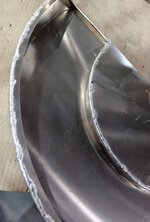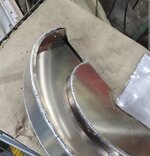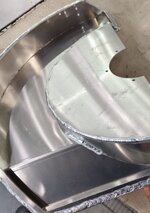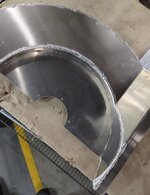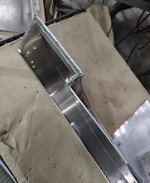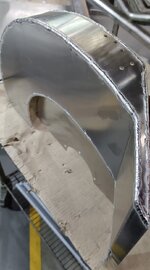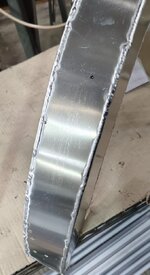Working on a jig to weld an aluminum sheet metal part. Goal is to keep flatness tight and hold final dimensions during and after weld. I’ve roughed up a first draft of the fixture – but wanted to throw it out to the hive mind here to see how others would approach it. Would love to hear how you'd jig this up.
Here’s what’s up:
The part is aluminum, not too thick, mostly flat geometry.
Tolerance on flatness is critical post-weld.
I can split the part however – no restrictions on where seams go.
Jig needs to handle minor distortion from weld heat – or at least contain it.
Attached are:
Model of the part
First jig concept I built
If you were me, how would you jig this up? Any pro tips on controlling distortion with aluminum specifically? Appreciate all input – trying to make this tight.
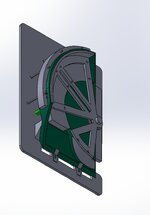
Here’s what’s up:
The part is aluminum, not too thick, mostly flat geometry.
Tolerance on flatness is critical post-weld.
I can split the part however – no restrictions on where seams go.
Jig needs to handle minor distortion from weld heat – or at least contain it.
Attached are:
Model of the part
First jig concept I built
If you were me, how would you jig this up? Any pro tips on controlling distortion with aluminum specifically? Appreciate all input – trying to make this tight.


